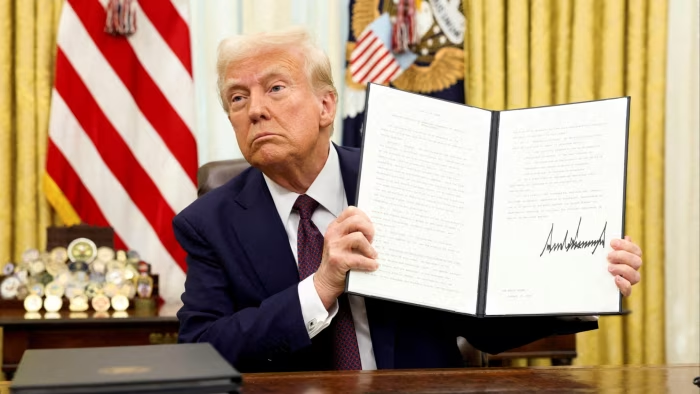🤖 U.S. Senate Defeats Attempt to Block State-Level AI Regulation

On July 1, 2025, the U.S. Senate overwhelmingly voted 99–1 to remove a proposed 10-year federal ban on state regulation of artificial intelligence. The amendment was tied to a high-profile tax and spending package. This move preserves state authority to regulate AI—a sharp rebuke to major tech firms seeking uniform national rules.
🗳️ What Was on the Table
- Primary proposal: A decade-long moratorium preventing states from enacting AI rules, with penalties including loss of access to a federal AI infrastructure fund.
- Compromise offered: After backlash, some senators suggested a trimmed five-year pause, with carve-outs for child safety, artists’ rights, and harmful deepfakes.
- Final outcome: Full repeal of the moratorium, restoring full state regulation rights.
📊 Who Voted and Why
- Overwhelming support (99–1) to strip the moratorium, crossing party lines.
- Single supporter: Senator Thom Tillis stood alone.
- Key backers of the repeal included Senators Marsha Blackburn and Maria Cantwell, uniting Republicans and Democrats in opposition.
- Commerce Secretary’s stance: Sought a shorter compromise to promote AI investment—but was rejected amid safety concerns.
🛡️ Why the Senate Pulled the Plug
- State autonomy defenders argued governors and attorneys general must retain the right to protect constituents.
- AI safety advocates warned that a federal ban would leave critical safeguards—particularly for children—unregulated.
- Tech industry pressure advocated for a uniform regulatory environment to maintain global competitiveness.
- Bipartisan governors and commissioners opposed federal overreach regardless of party, emphasizing local accountability.
🌐 Implications for AI Oversight
- State-level innovation: Laws on deepfake disclosures, content moderation, privacy, and algorithmic bias can now proceed unimpeded.
- Patchwork risk: Companies may confront a maze of differing rules across jurisdictions—impacting compliance and operations.
- Federal roadmap: Lawmakers know a national framework is needed—proposals like the “Kids Online Safety Act” may now gain traction.
- Tech vs. safety balance: The vote reflects tension between innovation urgency and public welfare.
⏱️ What Happens Next
- State lawmakers: Ready to introduce or enforce AI bills—especially around safety, privacy, and media integrity.
- Congress: Expected to debate a federal AI regulatory package; momentum growing behind federal-level guardrails.
- Industry reaction: Tech companies now assess cost of multistate compliance and may press for unified federal standards.
- Watchdog scrutiny: Advocacy groups and policymakers will remain alert to unsafe or biased AI deployment lacking oversight.
📝 Summary
The Senate’s decisive rejection of the AI moratorium signals a renewed commitment to state-driven regulation over centralized control. While innovation remains a top priority, safety and accountability concerns prevailed—forcing a shift in how future AI policy will evolve across the U.S. As states act, the call for coordinated federal legislation grows louder.





